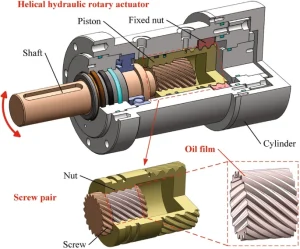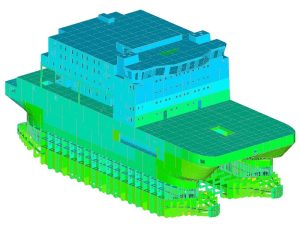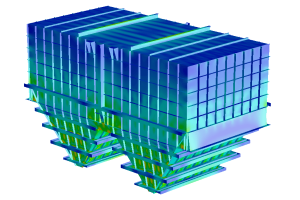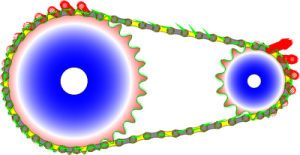Design

Data Flow Analysis Tools
Optimizing Software Engineering and Enterprise Data Management In today’s digital era, data drives every aspect of business and technology. Applications generate, process, and transfer massive amounts of information continuously. Managing this flow efficiently is crucial for performance, compliance, and security. Data flow analysis (DFA) is the practice of systematically examining

Bridge Design in STAAD Pro
Designing bridges is one of the most demanding responsibilities in civil and structural engineering. A bridge is not just a structure—it is a lifeline that connects communities, facilitates trade, and withstands decades of environmental and load stresses. Engineers today must ensure that bridges are safe, economical, resilient, and compliant with
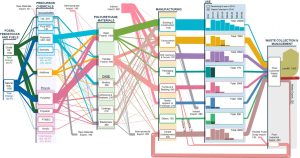
Production Flow Analysis
Optimizing Lean Manufacturing Systems In the modern manufacturing landscape, efficiency, speed, and precision are essential. Companies are under constant pressure to reduce production costs, minimize downtime, and maintain high-quality output. Production flow analysis (PFA) is a critical tool that allows manufacturers to understand, visualize, and optimize the movement of materials,
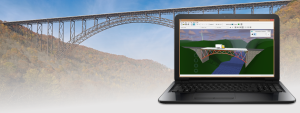
Bridge Builder Software
Revolutionizing Structural Engineering Education Civil and structural engineering education is evolving rapidly in the digital age. Traditional learning methods, such as textbooks, lectures, and diagrams, often fall short in preparing students for modern engineering challenges. Bridge builder software has emerged as a transformative tool that allows students, educators, and junior

Bridge Simulation Software
Bridges are among the most iconic engineering achievements in human history. From the Roman aqueducts to modern megastructures like the Akashi Kaikyō Bridge in Japan, bridges symbolize connection, progress, and resilience. But behind every bridge lies an immense amount of planning, testing, and foresight. One of the most transformative tools

Bridge Modeling Software
Transforming Design and Construction Modern bridge projects are no longer designed with pen-and-paper sketches or even basic CAD drawings alone. The complexity of today’s infrastructure requires advanced bridge modeling software that combines geometry, materials, loads, and real-world conditions into a digital environment. Engineers, architects, and construction managers can now collaborate

